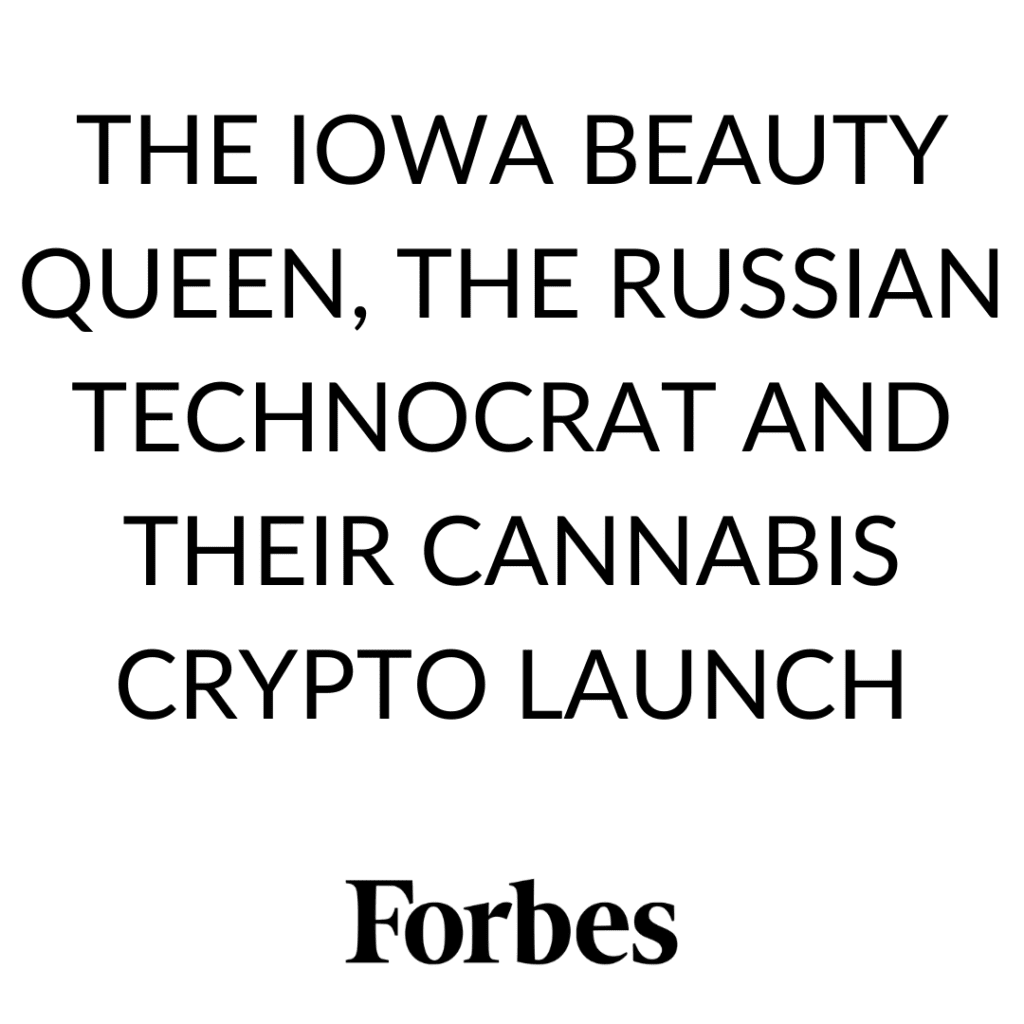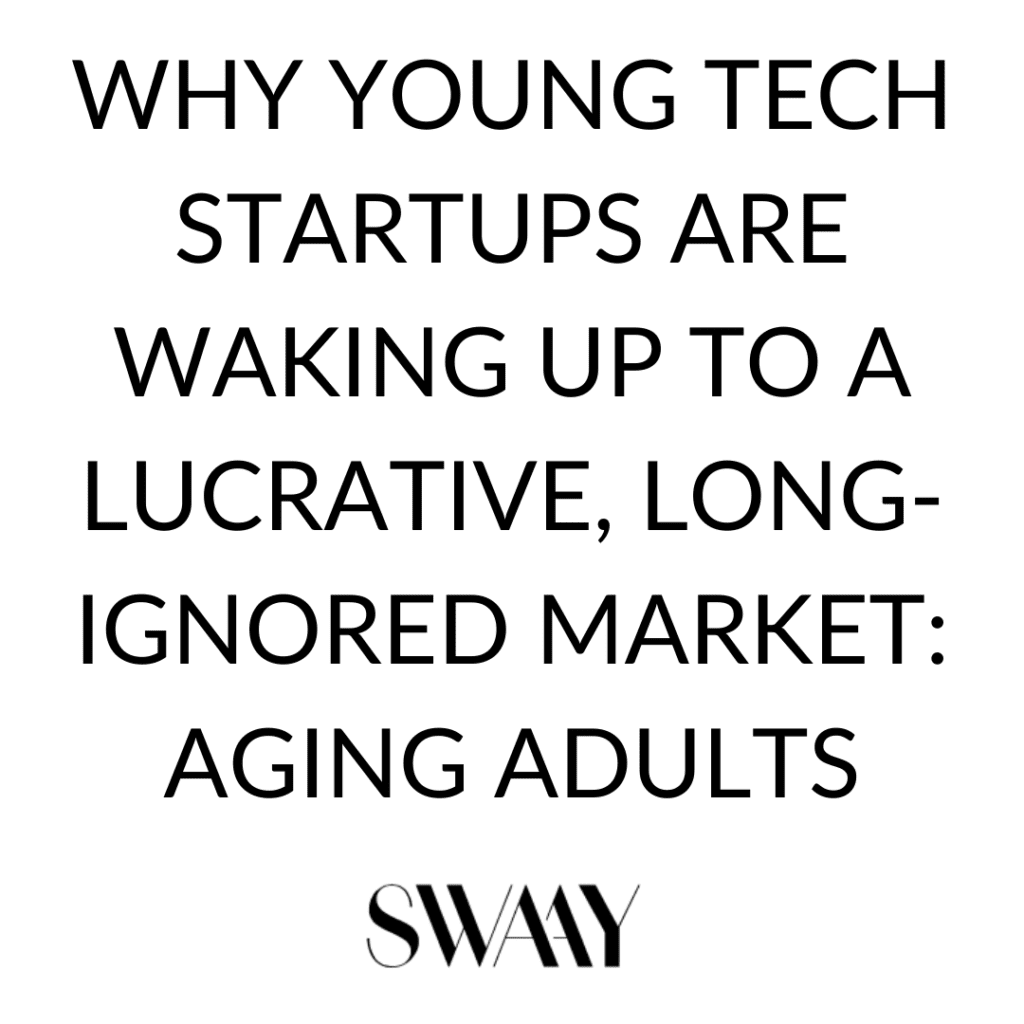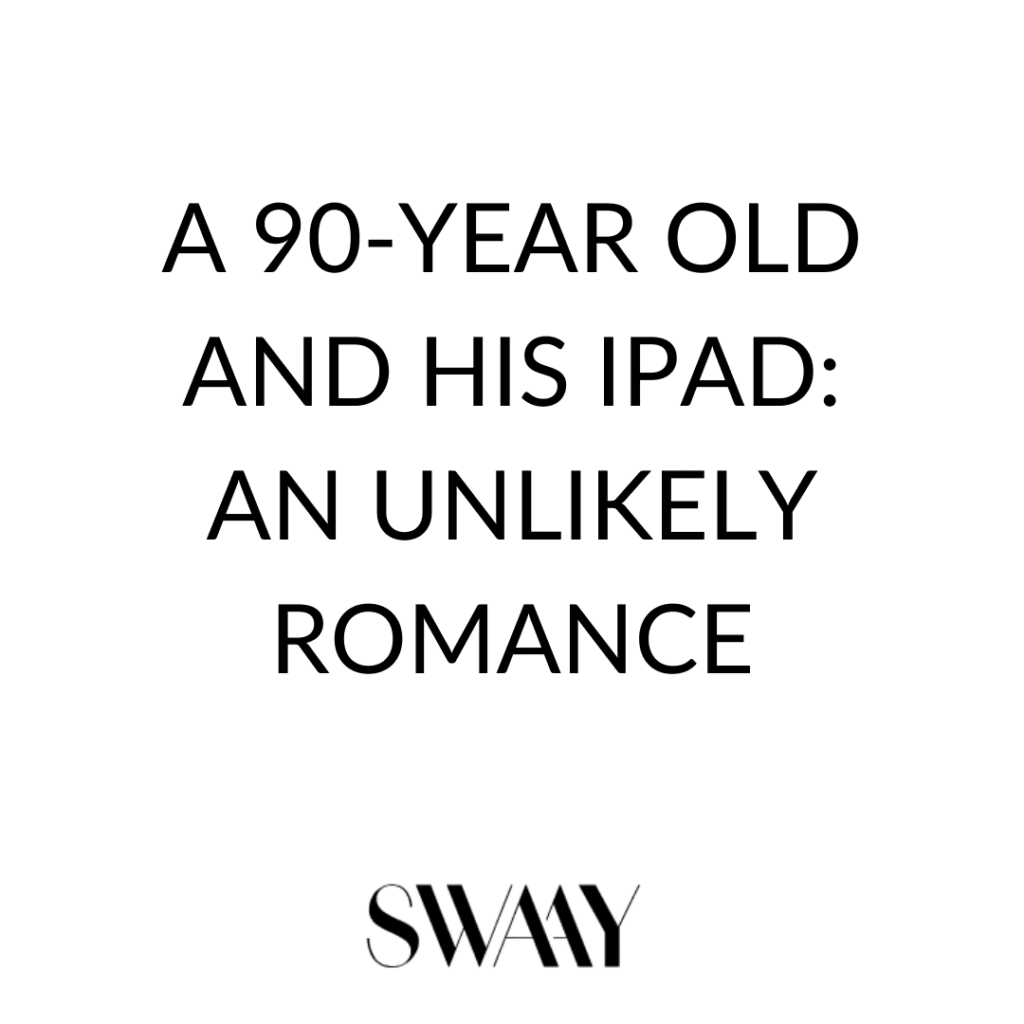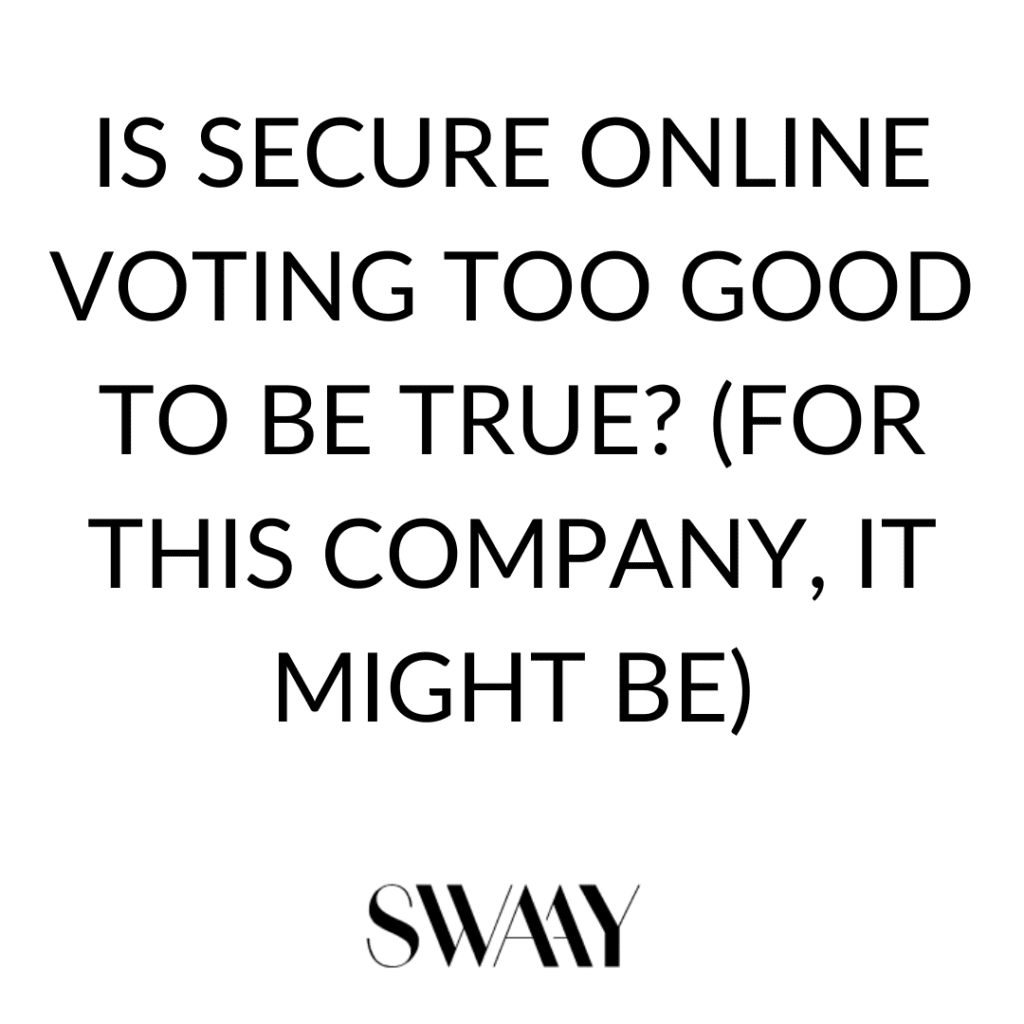The Iowa Beauty Queen, The Russian Technocrat And Their Cannabis Crypto Launch
The cannabis industry, one of the fastest growing sectors in the economy today, also has some of the toughest banking problems. Put simply, it is buried in cash, thanks to the illegality of the drug, the crush of laws and banks shying away from any and all weed proceeds. Blockchain and cannabis industry watchers believe […]
The Iowa Beauty Queen, The Russian Technocrat And Their Cannabis Crypto Launch Read More »




